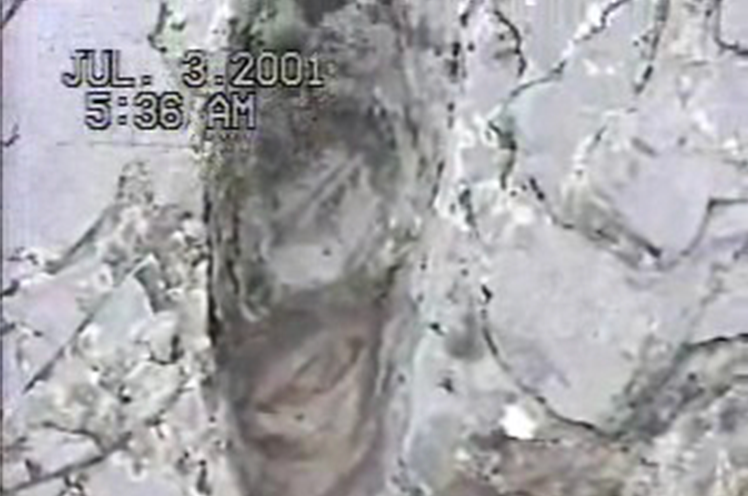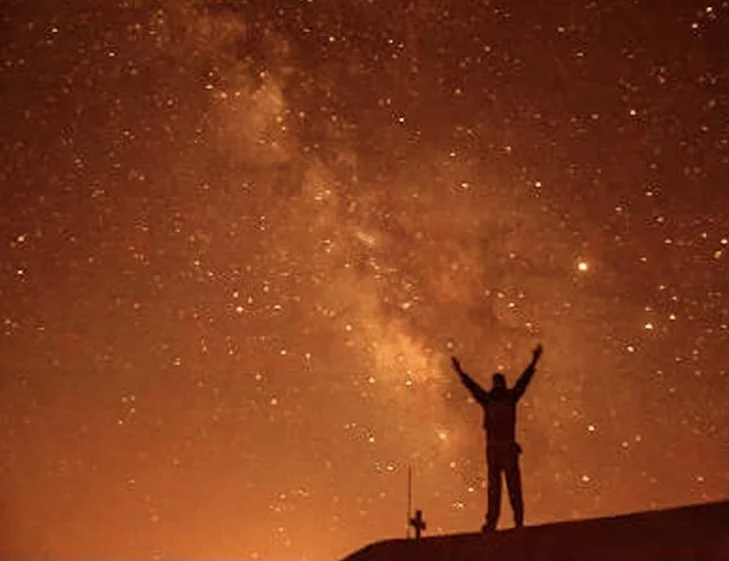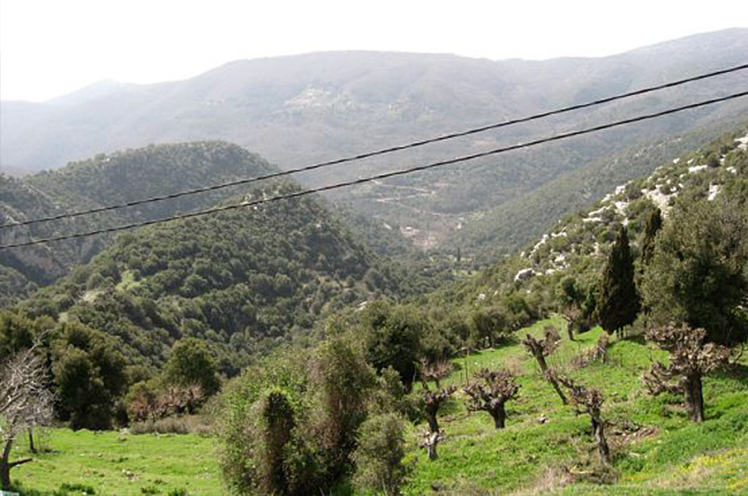
My name is Angelos. Welcome to my Vasta Village Website! Βάστα Αρκαδίας!
The Village of Vasta is the home of 3 mysterious wonders:
The wonder of the Church of St. Theodora.
This almost ancient little church sits on the top of some gigantic unexplored caverns with some 17 big trees rising from its roof, and from its' cornerstone is gushing the beginning of Pamissos River that empties into the Aegean sea after it passes through the olive groves of Kalamata.
The wonder of the Ancient fossil FootPrint
(“Kolokotroni’s footprint”) On the northwestern side of the village, there rests a big limestone with a perfect fossil footprint. The older villagers tell the legend of the Father of the Greek Independence Revolution, Kolokotroni. They say that Kolokotroni and his men on their horses, used to use that spot as an observation point for approaching Turks. One day, when Kolokotroni dismounted from his horse, his foot left an imprint upon the rock!
The wonder of the ice cold spring on top of Mount Tetrazion.
The water is so cold that is very hard for anyone to keep their hand in the water more than 40 seconds! The mystery is, where is that water coming from? Looking at the surrounding mountain tops, one can easily assume that the God Apollo used to refresh himself at this spring as his temple is in sight at the mountain top on the west side below.
The geographic ancestral Territorial land area claim of The Village of Vasta is about 25 square miles located on the southeast slops of mountain Tetrazions ranging in elevation from 4,558 feet high to as low as 1,200 feet high with an average slope of 26 degrees.
Most likely the village of Vasta was established on that particular place, on the side of the mountain range for freedom and safety from the Muslim persecution against Christians during the 350 year old occupation by the Ottoman Empire, and the presence of numerous mounted springs. In ancient Greek times, people of this area were free and independent, in the middle of the Peloponisos, without a seaboard, and surrounded and secluded by mountains. Relatively isolated from the rest of the world, lived a proverbially simple and natural life. By far the largest city was Megalopolis founded by the Theban General Epaminondas in 371 BC after he defeated the Spartans. At that period, many Arcadic hamlets were established. The independent mountaineers periodically fought against Spartan power, but did not cooperate well. When Megalopolis was established many area towns in the region were unified into the city of Megalopolis by force, many refused to relocate.
Many of the citizens of these towns were massacred or driven into exile by the Arcadians, the citizens of Lycosura were spared because of the Sanctuary of Despina.
Lycosura that neighbors Vasta at the north, was founded by Lycaon the Son Of Palasgus, and it was believed to be the oldest city in the world. Despina (Mistress) was the Clthonic goddess worshiped by the Arcadians, considered to be the daughter of Poseidon. One can easily say that the history of Vasta is imbedded somewhere in this mix of ageless events at this geographic and historic mountainous area.
Many heroic young men from Vasta were part of the Greek armed forces when they delivered the first defeat to the Axis's forces, and virtually destroyed Mussolini's Power. Hitler, although impressed by the gallantry of the Greeks were therein, unleashed an unrelenting attack that led to the invasion of Greece. Many believe that this action could have cost Hitler the war, by having to delay his attack on Russia.
Also the Greek-American decorated hero Petros (Pete) Lamprakopoulos (Lambros) the son of Dimitrios P. Lamprakopoulous and Grand Son of Petros Lamprakopoulos from Vasta was killed in Europe fighting the Nazi during World War II. He is buried at Arlington National Cemetery by the Pentagon outside Washington D.C.




